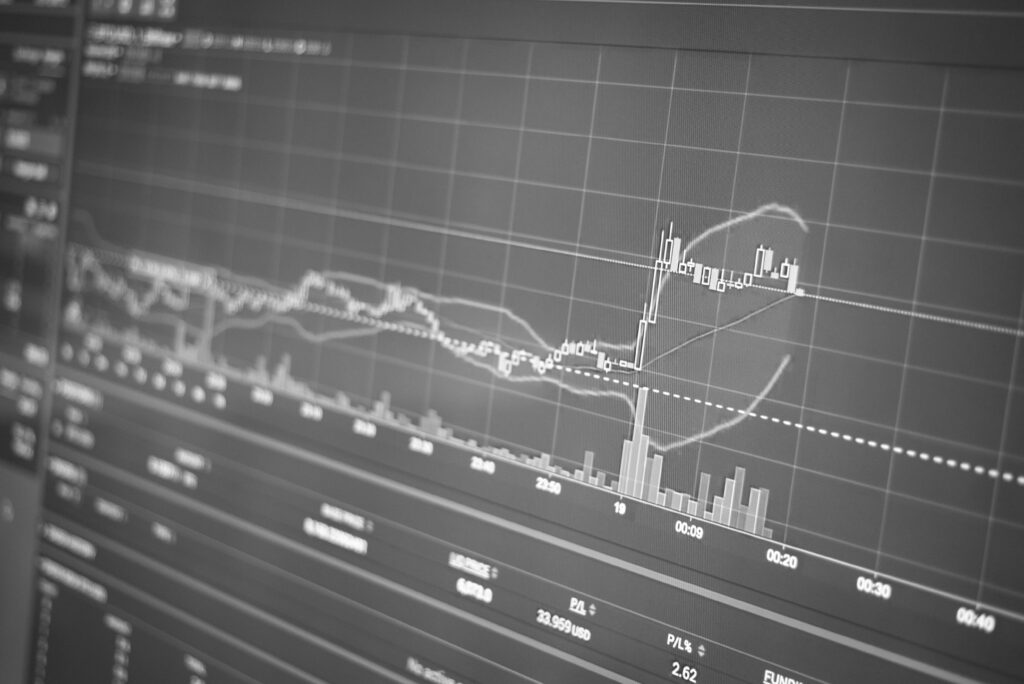
Industry Spotlight: Systematica Investments
Dr. Matthias Hagmann discusses the impact of market volatility on CTA strategies, liquidity in Q1 2023, and the future of alternative CTA markets.
5 min read | Jun 13, 2023
Dr. Matthias Hagmann is a Product Manager at Systematica Investments. His research is published in high-profile academic journals such as Econometrica and the Journal of Econometrics. We discuss his thoughts on alternative CTA strategies and markets.
Dr. Hagmann, how was March 2023 similar and different, for CTA strategies, from periods of market volatility such as the pandemic or the Ukraine invasion?
Most periods of market stress tend to be characterized by elevated volatility and liquidity concerns and March 2023 was no exception. What made March 2023 different was that it was mainly fixed income markets that were in the spotlight, whereas equity markets were up for the month.
With the collapse of Silicon Valley Bank, we observed a sharp reversal in future rate hike expectations. Yields tumbled worldwide, and on 13 March this year, the US 2-year treasury yield experiencing the largest daily decline since 1982.
The SG Trend index suffered the worst 2-day loss since its inception in 2000 on March 10th and 13th, with a large part of the losses driven by short fixed income positions. However, this needs to be put into context to the performance of 2022, when the index was up 27.4% and short fixed income positions performed particularly well. The 2022 performance provided much needed diversification to investors’ portfolios in a year where the traditional 60/40 portfolio did poorly.
How did liquidity for alternative markets traded by CTA strategies fare in Q1 2023?
During periods of market stress, volatility tends to increase, and bid/ask spreads tend to widen. This is true for both traditional and alternative markets. What was interesting in Q1 2023 was that spreads in fixed income future markets (traditional) tended to widen more than in interest rate swap markets (alternative). Overall, liquidity conditions were very similar to past crises, but events unfolded faster. Despite liquidity conditions deteriorating, our trading models were able to execute all trades successfully.
What criteria are considered when identifying new alternative CTA markets?
When thinking about adding new markets, we generally consider liquidity and trading costs, the number of trading counterparties available, the correlation profile of new markets to existing markets and data availability. Importantly, our decision to enter a market is not driven by whether a market would have made a profit in simulation. We generally assume markets trend, but it is difficult to predict when exactly a particular market will trend. As a result, our focus is on diversifying the tradeable market universe.
What makes trading alternative markets in a CTA challenging?
Compared to trading standard traditional markets, such as the S&P 500 index futures or crude oil futures, alternative markets require specialist expertise. They are typically more difficult to access (e.g., Chinese Commodity futures), potentially more expensive to trade (e.g., Options), have a more complex life cycle (e.g., defaults in credit indices) and are more difficult to price (e.g., interest rate swaps). There may also be additional risks to consider, such as counterparty and country risks (e.g., Chinese commodities).
What is an example of a particularly interesting or colorful alternative CTA market?
These days we trade over 300 alternative markets at Systematica. Some of these markets, such as Dutch TTF Gas have recently been in the spotlight given the news coverage of the European gas crisis. Some examples of lesser-known markets are markets relating to Japan Korea Marker liquefied natural gas, Chinese eggs, or Italian electricity futures.
How common is non-electronic trading in alternative CTA markets?
As a firm, we try to automate execution wherever we can, through developing our own trading platform as well as using third party products. Wherever possible, we trade electronically, such as most credit indices and some of the developed market interest rate swaps. However, many of the markets in the portfolio are traded non-electronically. To source liquidity in those markets cost effectively, Systematica benefits from an experienced and sizeable trading desk, as well as a large roster of counterparties.
How did the FTX collapse impact alternative market CTA strategies?
Our trading in the crypto space focuses on futures traded on the CME, which is an exchange primarily regulated by the US Commodities Futures Trading Commission. We don’t hold any crypto exposure via unregulated exchanges. Our trend models managed to capture the negative price dynamics in Bitcoin and Ethereum over the course of 2022 when both lost a lot of their value. However, gains from short crypto positions were a very small part of the overall return of the diversified alternative markets strategy in 2022.
How will alternative market CTA strategies look a decade into the future?
When we started our alternative markets strategy in October 2015, we were trading around 90 alternative markets. Nowadays it is over 300, with a long list of markets we wish to research and include. There is also the possibility of new markets coming into existence, such as those linked to the ongoing energy transition for example. We cannot predict the future, but we believe that the strength of trading signals, the diversification implied by the breadth of our trading universe and the quality of our operational execution and risk management will determine investment returns. Our team continues to work hard and enhance our investment returns along all dimensions for our investors.
Resonanz insights in your inbox...
Get the research behind strategies most professional allocators trust, but almost no-one explains.